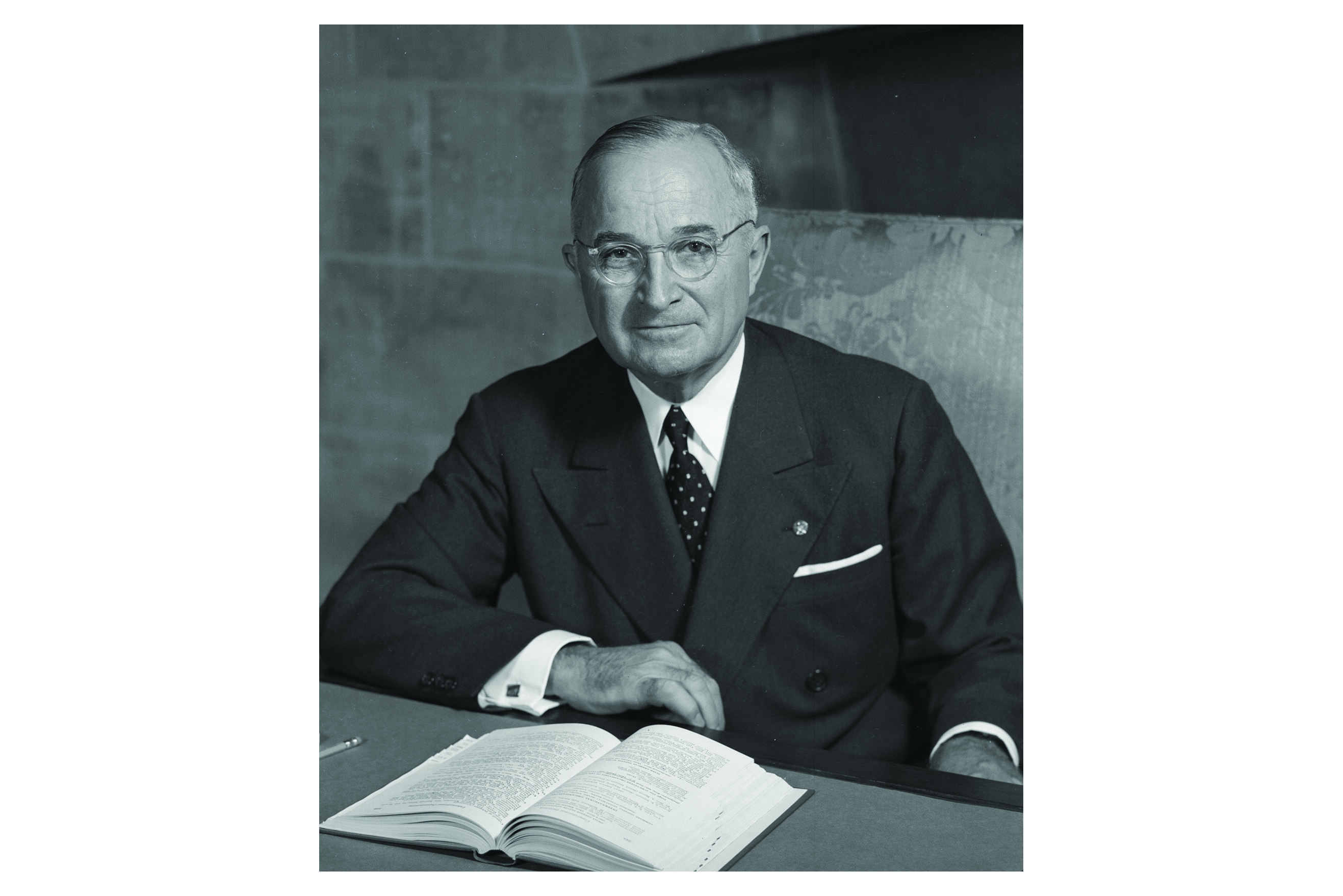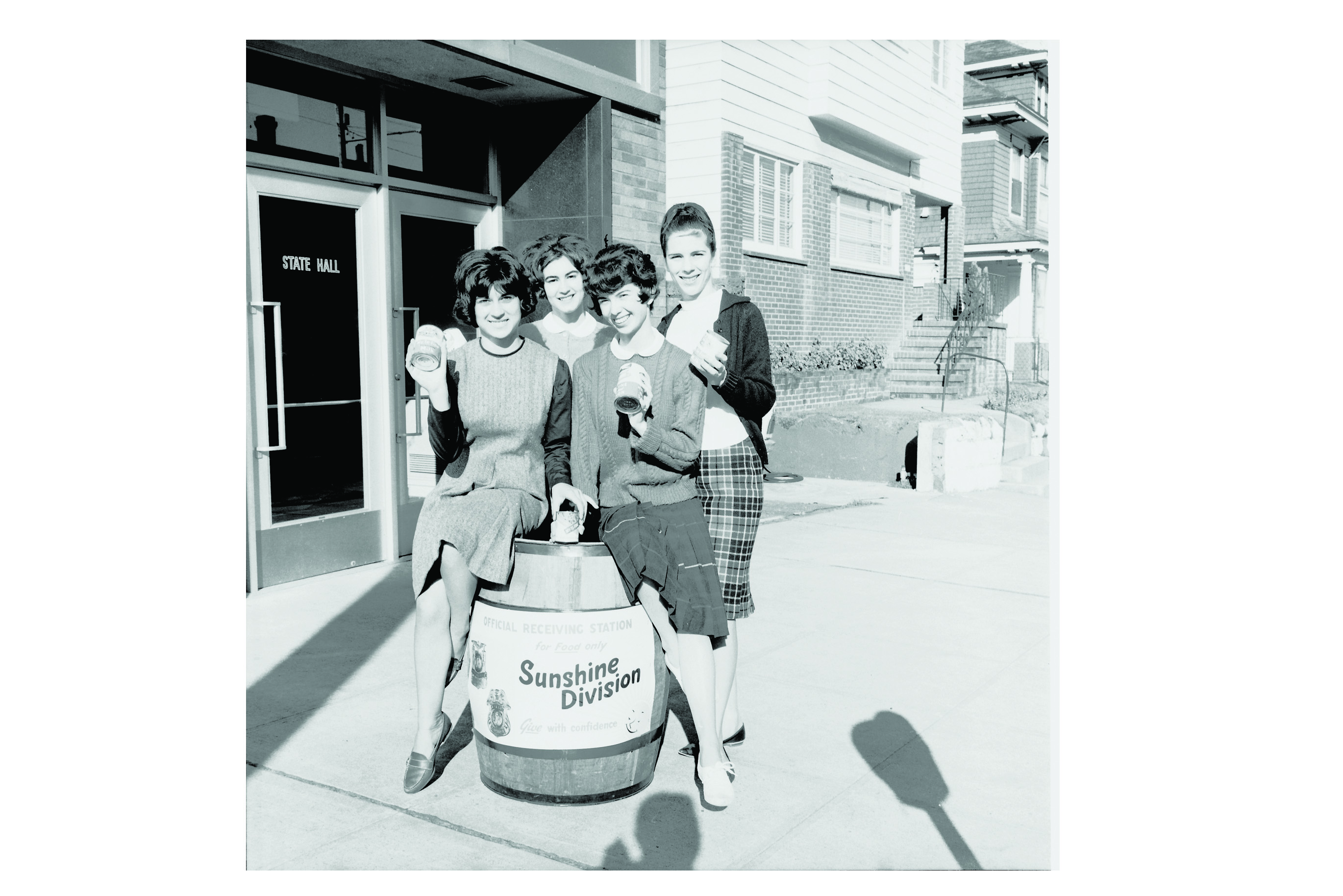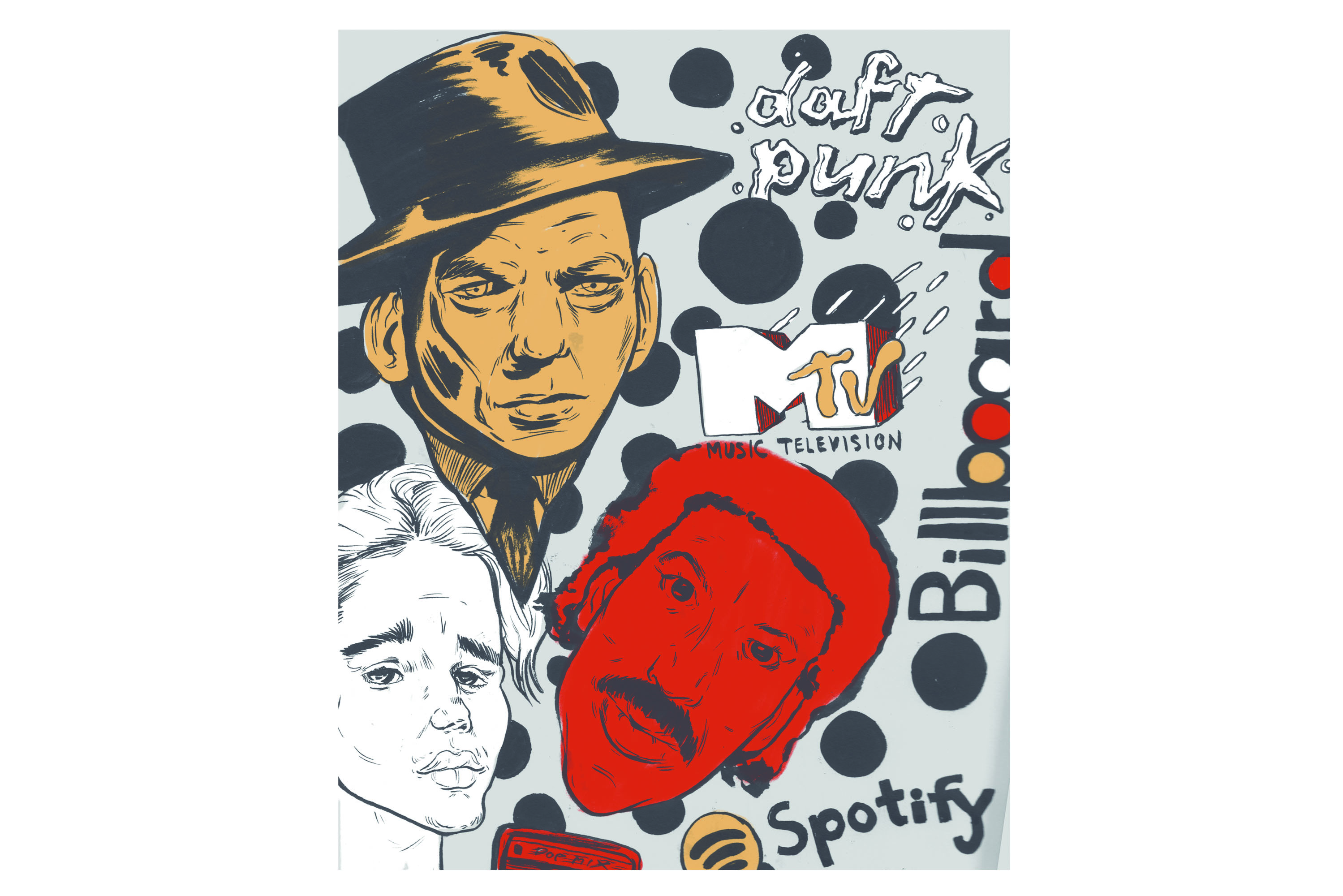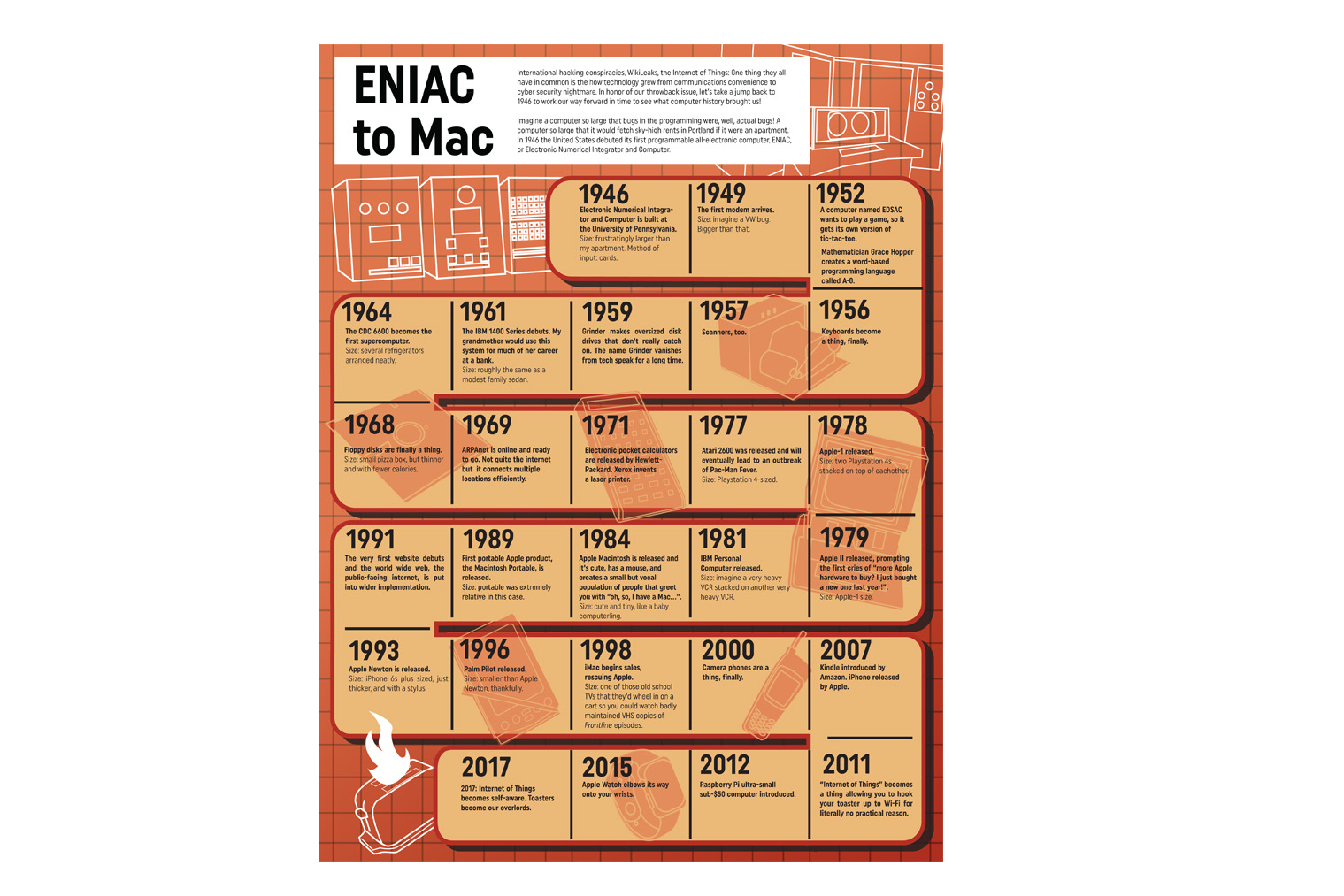Current rhetoric concerning Russian aggression and conspiracies to influence United States elections may sound familiar to those who lived during the era when Hollywood actors were arrested for being suspected communists and the specter of nuclear annihilation spread to every corner of the globe. For those who weren’t born before the Berlin Wall fell in 1989, here is a brief summary of U.S.-Russian relations and how we got to where we are today.
While the Vanguard was preparing to publish its first issue in 1946 as Vet’s Extended, World War II had already been over for a year, and the landscape of Europe was in flux. The Union of Soviet Socialist Republics had been a temporary ally of the U.S. during WWII, but the tensions between the two nations prior to the war resurfaced afterward. In the face of both real and perceived attempts by the U.S.S.R. to expand its sphere of influence, the United States adopted a foreign policy strategy of containment, outlined in a speech by President Truman to Congress in 1947.
Communism was characterized as a disease that must be prevented from spreading, lest it result a dominoeffect that would spread to neighboring countries. This was to serve as the framework for all U.S. foreign policy decisions for the next half century. Under the “National Security Act of 1947,” the Central Intelligence Agency, the Department of Defense and the National Security Council were restructured to achieve these goals.
With the horrors of WWII still fresh in people’s minds, the battle for influence began on an ideological front, pitting communism against capitalism. Efforts by the U.S. initially consisted of financial support for the nations whose economies and infrastructure had been decimated during the war, in order to bring them within its sphere of influence. Having started with aid to Greece and Turkey, this economic assistance expanded under the Marshall Plan in 1948 to all European countries willing to participate.
In 1949, the United States, Canada, and 10 European nations, including the United Kingdom, established the North Atlantic Treaty Organization. This was the result of a treaty that included Article V, which stated any attack against a member state would be considered an attack against all member states, and that in the event of such an attack, all allies would respond with assistance.
After the U.S.S.R.’s request to join NATO was rejected in 1954, a military alliance between the Soviet Union and other central and eastern European states was established in 1955 under the Warsaw Pact.
Truman’s speech in ’47 is referenced by some historians as the beginning of the period Walter Lippman christened the Cold War.
As decolonization movements spread in the ’50s and ’60s, the “third world,” those countries unaligned with either superpower, became de facto battlegrounds for proxy wars. Occasionally this behind-the-scenes support escalated, as was the case in Korea in 1950.
The 1950s also saw several CIA-backed coups in countries such as Iran and Guatemala, as well as the beginning of U.S. involvement in Vietnam. Failed coup attempts in newly liberated Cuba set the stage for the Cuban missile crisis, which was perhaps the closest the world has ever come to nuclear war and served as the beginning of the end for Khrushchev following his withdrawal of Soviet missiles.
Over the next several decades, both the U.S. and U.S.S.R. found themselves adapting to a shifting geopolitical landscape. The U.S. ended up fighting a long, costly war in Vietnam. The Soviet Union became similarly entangled in Afghanistan in the late ’70s.
Prior to this point, the U.S. and U.S.S.R. had enjoyed a relatively peaceful period of cooperation. Unfortunately, due to the U.S.S.R.’s direct involvement in Afghanistan, along with the incoming Reagan administration’s increased military spending and expansion of containment policies to start including active subversion of current communist regimes, tensions between the two superpowers escalated once again during the ’80s.
New Soviet General Secretary Mikhail Gorbachev’s social and economic reforms of perestroika and glasnost, and the thawing of tensions between the U.S. and U.S.S.R. belied the state of the Soviet Union, which was experiencing terminal instability in nearly all levels of the government. In 1989, with the Berlin Wall toppled and the Iron Curtain drawn, Gorbachev and President George H.W. Bush declared the Cold War officially over at the Malta Summit.
After the dissolution of the Soviet Union in 1991, the U.S. remained the world’s only superpower. Tensions arose during the Clinton administration, as NATO was mobilized for the first time during the Bosnian War, and again later in Kosovo. Additionally, George W. Bush oversaw the U.S. withdrawal from the “Anti-Ballistic Missile Treaty” originally signed by the Soviet Union and the United States in 1972, which caused relations between the two countries to deteriorate further.
Although the Warsaw Pact was abandoned shortly before the Soviet Union dissolved, NATO continues to be a point of contention between between the U.S. and Russia, particularly since NATO has expanded to include several of the previous member states of the Warsaw Pact.
Moscow’s harboring of whistle-blower Edward Snowden, the annexation of the Crimean peninsula by Russia, and its role in the ongoing civil war in Syria have all contributed to a climate of increased hostility and forceful rhetoric.
It remains to be seen how the foreign policy of President Trump will impact a U.S.-Russian relationship that is perhaps the worst is has been since the Cold War.
Having been raised by feral pandas in the remote forests of Chengdu, China has always formed a key part of my identity. After my career as a Hong Kong film producer was derailed by tabloid journalists, I knew I had found the work that would become my life’s purpose. I am passionate about journalism because it allows me to step into worlds I would otherwise never know while channeling my curiosity toward serving and informing the community.






